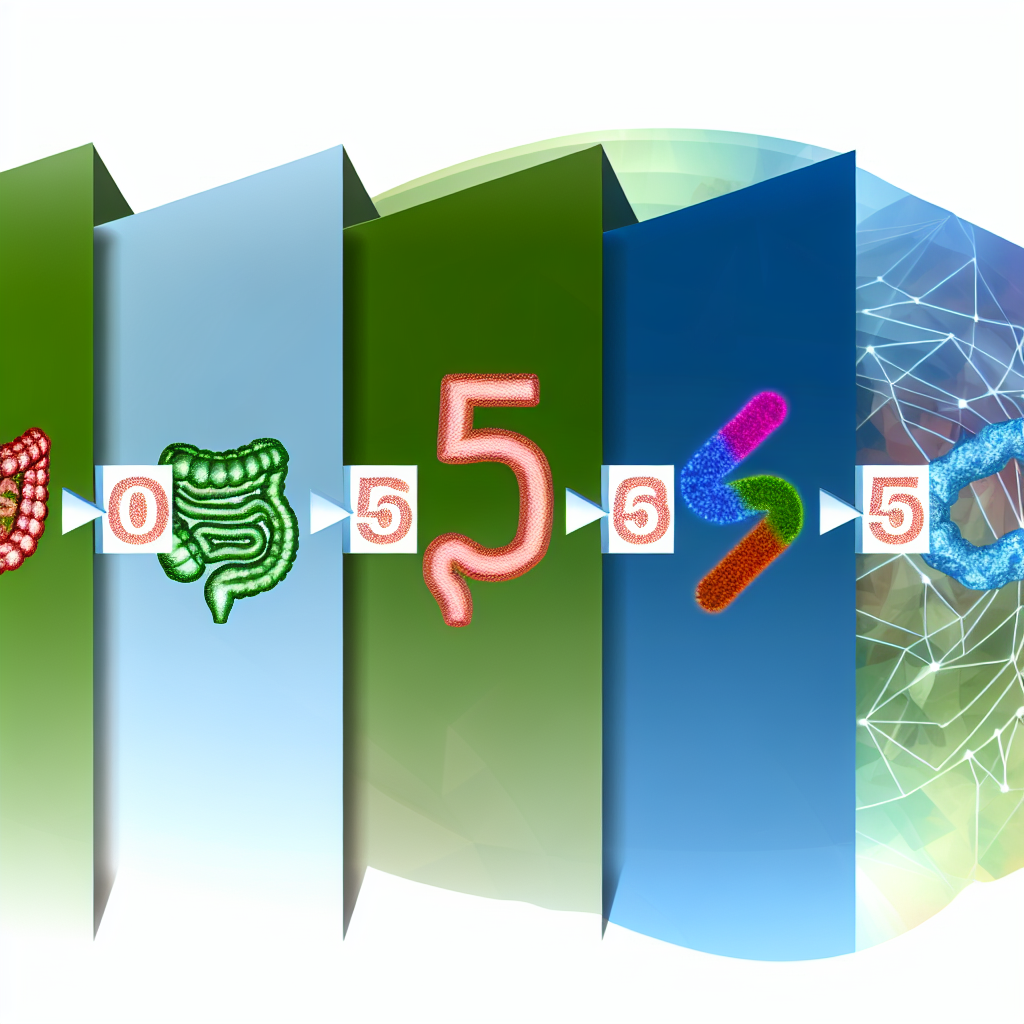Here is the cleaned up and expanded version of the blog post:
Sacred Seeds: Religious Plant Traditions with Confirmed Therapeutic Properties
Since ancient times, human civilizations have intertwined spiritual beliefs with botanical practices. Across numerous faiths and cultures, certain plants were not only regarded as sacred symbols but were also revered for their purported healing properties. Herbs and seeds often find a place in sacred texts, ceremonies, and traditional medicine. As science has advanced, the medicinal validity of some of these revered plants has been confirmed, bridging the gap between ancient religious practice and contemporary medical knowledge.
Our ancestors relied on nature’s bounty—what grew in abundance around them—to heal ailments and support overall wellness. Over millennia, traditional healers and spiritual leaders noted the therapeutic effects of specific seeds and herbs mentioned in texts like the Bible, the Quran, the Vedas, and the Taoist Canon. Whether it was the burning of frankincense in Christian rituals for purification and respiratory health, or the ingestion of black seed in Islamic tradition for overall well-being, religious botanicals have served as both sacred and medicinal tools.
In this context, “sacred seeds” refer to plant derivatives that hold significant spiritual meaning across faith systems and also deliver proven health benefits. These include Nigella sativa (black seed) in Islam, Ocimum sanctum (holy basil) in Hinduism, Myrrh and Frankincense in Christianity, and Ginkgo biloba in Taoism, to name a few. Modern scientific literature now supports many of these traditional uses, attributing biologically active compounds like antioxidants, anti-inflammatories, and antimicrobials to these sacred plants.
This article explores several of these religious plants whose medicinal properties have been validated by contemporary research. We aim to uncover the intersection of folklore, spiritual significance, and scientifically supported healing efficacy. Understanding these connections not only offers safer, integrative health options for modern consumers but also respects the cultural and spiritual roots of these ancient remedies. The rediscovery of these sacred seeds is leading the future of natural healthcare, fusing heritage and health into one holistic tradition.
🌿 Black Seed – Islam’s “Blessed Cure-All”
Referred to as “Habbatul Barakah” or the blessed seed in Islamic tradition, black seed (Nigella sativa) is legendary for its healing powers. A hadith by Prophet Muhammad states: “In the black seed is healing for every disease except death.” For centuries, this claim was passed down anecdotally—until modern science stepped in to explore its potential efficacy.
Black seed contains thymoquinone, a powerful compound known for its antioxidant, anti-inflammatory, antimicrobial, and anticancer effects. A systematic review in the Journal of Pharmacopuncture (2019) affirms black seed oil’s protective benefits in neurological, cardiovascular, and gastrointestinal conditions.
It is now embraced as a natural remedy for a range of ailments including high blood pressure, asthma, arthritis, and diabetes.
🌱 Holy Basil – The Hindu Herb of Wellness and Divinity
In Hinduism, Ocimum sanctum—commonly known as Tulsi or Holy Basil—holds a revered status. Named the “Queen of Herbs” in Ayurvedic medicine, it is planted in many Hindu homes and temples. Worshiping Tulsi is not only a spiritual act but a healthful one too.
Modern science validates Tulsi’s adaptogenic nature, meaning it helps the body adapt to stress and rebalance physiological responses. A 2014 study in the Journal of Ayurveda and Integrative Medicine supports its role in reducing anxiety, regulating blood sugar, and improving cognitive function.
It also exhibits broad-spectrum antimicrobial properties, making it a go-to natural remedy during cold and flu seasons.
✨ Frankincense & Myrrh – Christianity’s Ancient Healing Resins
Frankincense (Boswellia serrata) and Myrrh (Commiphora myrrha) were gifts of the Magi and sacred symbols in both Christian and Judaic rituals. But beyond their symbolic value, these resins served practical medical functions.
Frankincense contains boswellic acids, which exhibit potent anti-inflammatory action. In a 2008 study published in Arthritis Research & Therapy, Boswellia extract showed significant improvement in patients suffering from osteoarthritis.
Myrrh provides analgesic and antimicrobial effects, with a 2013 study in Phytotherapy Research confirming its efficacy in treating wound healing and mouth ulcers.
Together, these age-old botanicals form a powerful natural duo to address inflammation, infection, and pain.
🍃 Ginkgo Biloba – Taoism’s Timeless Tree of Clarity
Ginkgo biloba has held symbolic meaning in Taoist practice for millennia, representing longevity, balance, and mental clarity. Traditional Chinese Medicine used its leaves for enhancing memory and energy.
Scientific literature supports these ancient practices. Ginkgo biloba extract (EGb761) has been studied extensively for its impact on brain health. A meta-analysis in JAMA (2017) concluded that it may effectively improve cognitive function in individuals with Alzheimer’s and other forms of dementia.
The plant’s antioxidant and anti-inflammatory attributes also help support cardiovascular health and increase blood flow, especially in individuals with peripheral artery disease.
🌺 Bridging the Spiritual and Scientific: A New Era for Ancient Remedies
The intertwining of spirituality and medicine is not just a relic of the past—it’s a growing frontier in modern wellness. Sacred seeds and holy plants that once played pivotal roles in religious rites are now being rediscovered for their scientifically validated therapeutic value. Whether consumed, burned, or honored in spiritual practices, these plants carry centuries of holistic wisdom.
As research continues to explore and confirm the medicinal use of these plants, it is wise for today’s health-conscious individuals to appreciate the synergy between tradition and evidence. Natural, time-tested alternatives like black seed, holy basil, frankincense, myrrh, and ginkgo biloba are powerful allies in our collective pursuit of well-being.
By integrating these storied botanicals into today’s health regimens, we not only honor the spiritual traditions of our ancestors but also enhance our modern medical approaches. This sacred alliance between culture and science is shaping the future of holistic health.
📚 References
- Nigella sativa therapeutic effects – PMC
- Holy Basil Benefits – PMC
- Boswellia serrata and Osteoarthritis – Arthritis Research & Therapy
- Myrrh and Wound Healing – Wiley Online Library
- Ginkgo Biloba Cognitive Benefits – JAMA
Concise Summary:
Across numerous faiths and cultures, certain plants were revered not only for their spiritual symbolism but also for their purported healing properties. As science has advanced, the medicinal validity of some of these “sacred seeds” has been confirmed, bridging the gap between ancient religious practice and contemporary medical knowledge. This article explores several of these religious plants, including black seed, holy basil, frankincense, myrrh, and ginkgo biloba, whose therapeutic benefits have been validated by modern research. By integrating these storied botanicals into today’s health regimens, we can honor the spiritual traditions of our ancestors while enhancing our modern medical approaches.

Dominic E. is a passionate filmmaker navigating the exciting intersection of art and science. By day, he delves into the complexities of the human body as a full-time medical writer, meticulously translating intricate medical concepts into accessible and engaging narratives. By night, he explores the boundless realm of cinematic storytelling, crafting narratives that evoke emotion and challenge perspectives.
Film Student and Full-time Medical Writer for ContentVendor.com



